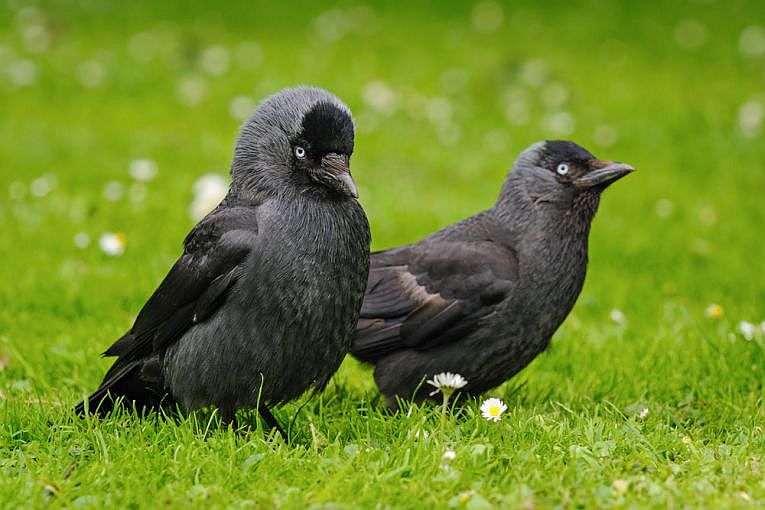In a complex study, the crow family and its members in every terrestrial ecosystem are thoroughly assessed to see if their wing shape affects their dispersal ability. This paper today illustrates how species distributions are also associated significantly with wing shape. The global radiation of the crow species has been and continues to be highly successful. The widespread species and those that migrate show wing shapes adapted to long-distance flight, with the highest rate of diversification taking place on islands.
The research is published today by Jonathan D. Kennedy, Michael K. Borregaard, Knud A. Jonsson, Petter Z. Marki, Jon Fjeldsa and Carsten Rahbek of the Universities of Oslo and Copenhagen and Imperial College, London as The influence of wing morphology upon the dispersal, geographic distributions and diversification of the Corvides (Aves; Passeriformes) in the Proc Roy Soc B.
New species can simply be associated with dispersal, but how important dispersal is remains an unresolved question. Continued gene flow would inhibit speciation, so a capability for high rates of dispersal would be likely to inhibit reproductive isolation as well as continuing gene flow. Of course, choosing birds as the objects of study tends to limit the investigation to high rates of dispersal ability, but not in all cases.
There are 790 crow
(Corvid) species. They began their radiation around the position of the Australasian plate and developed on each of the continental land masses as they too developed. On islands, the Indo-Pacific provides convenient points for more radiation of the group. Only 665 species have sequence data, but all but one of the others were added to the data using inferred relationships. The habitats of these birds were broadly defined as of an open, dense or a mixed category. The wing morphology is not only concerned with flight. The ability to forage and manoeuvre are also obviously influenced by the shape/size of wing. So the smaller members of the family in dense tropical forest tend to have less need for long-distance flight.
Colonisation and radiation on islands has produced recent speciation events. Flying over water has given us many unique bird speciations, significant in the history of New Zealand, Australia, Papua New Guinea and many more island groups. We still don’t know how dispersal ability changes over a speciation timescale and over large taxonomic groups. Even with the latest tracking studies, the ways in which animals were able to disperse and speciate in the past remain largely unknown. We do know that the many corvid species became highly successful in almost every available niche.
There are many clever and well-known corvids known to our cultures, such as the jackdaw (of Rheims, for example.) However, if there were a corvid university, the new Caledonian crow (Corvus moneduloides ), one of the many Pacific island colonisers, would be a bright student. Here is the article on their tool-using.










